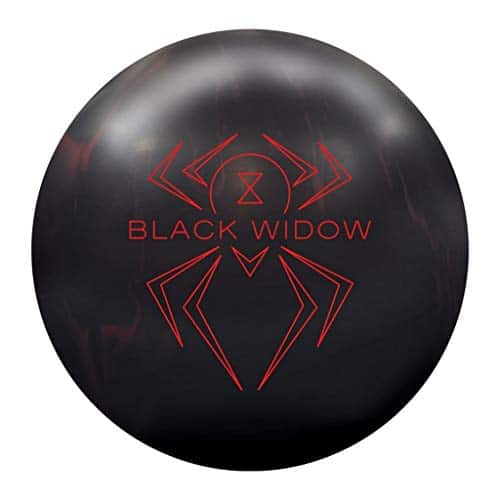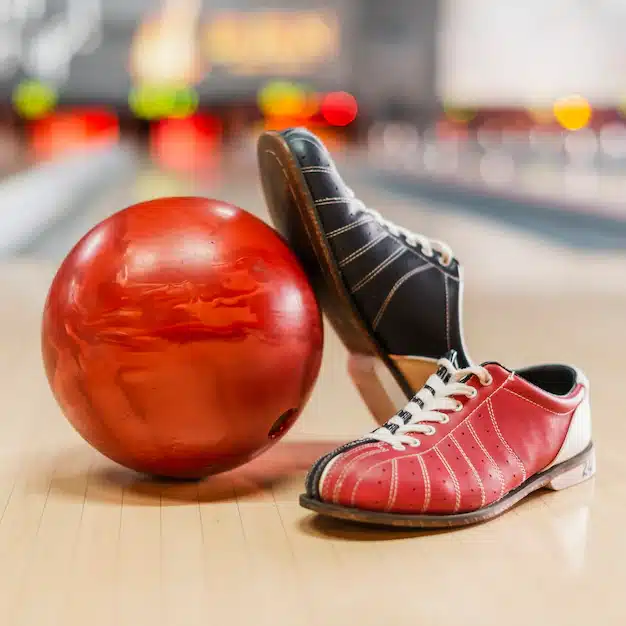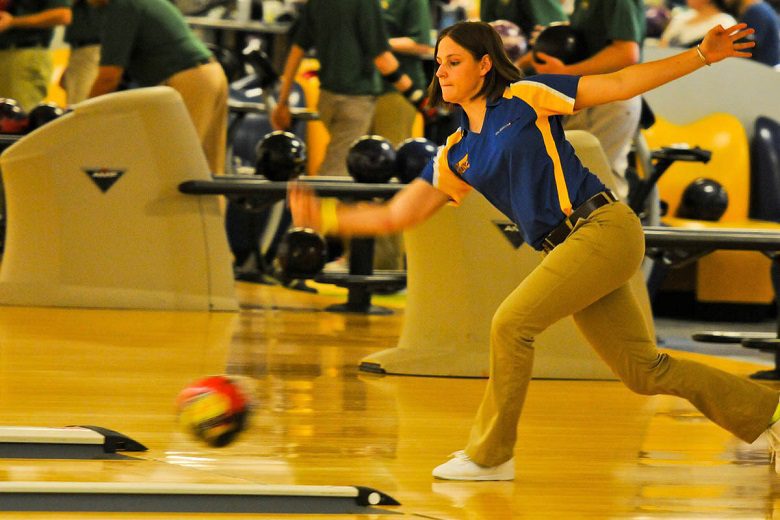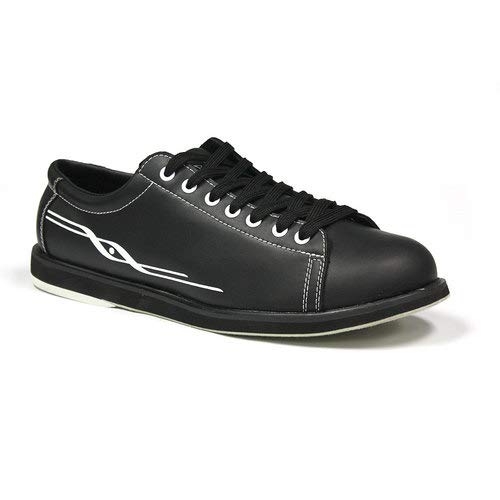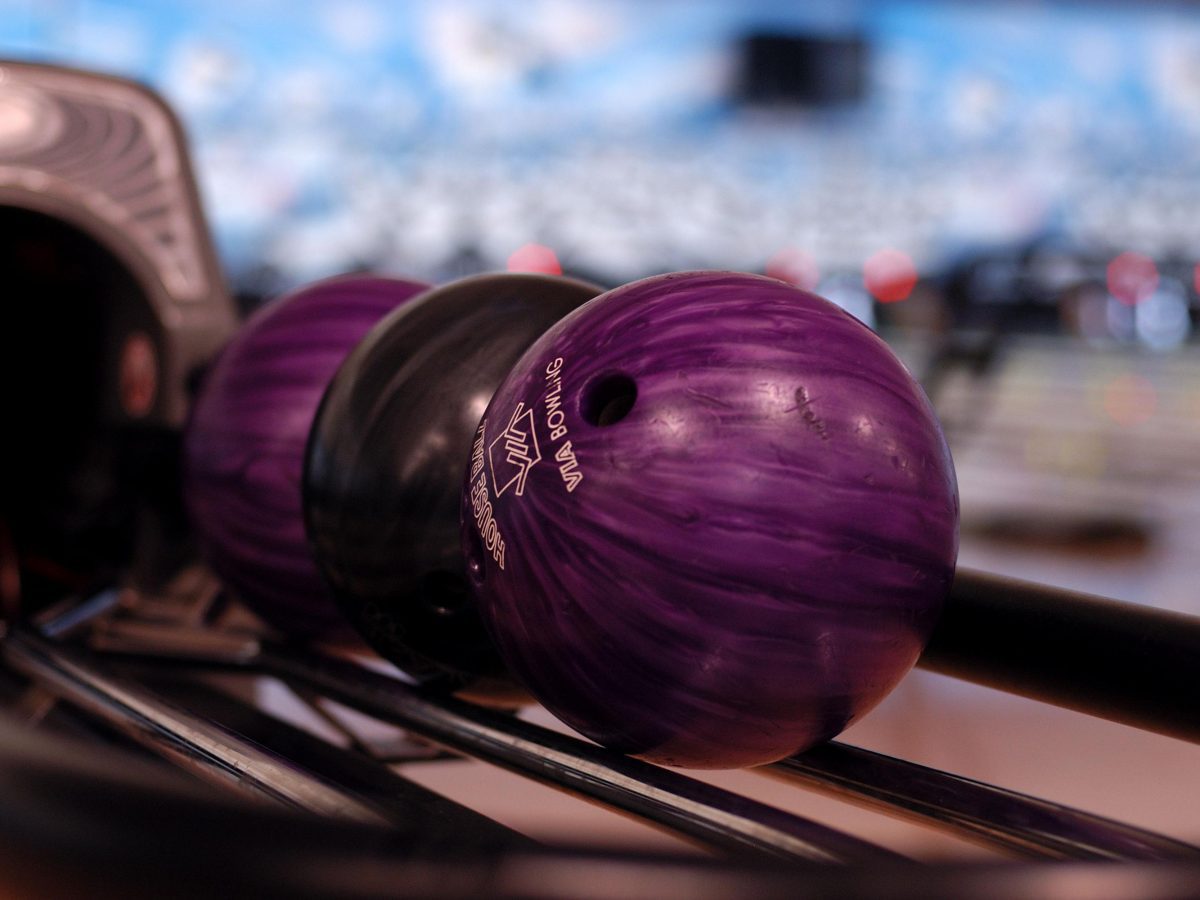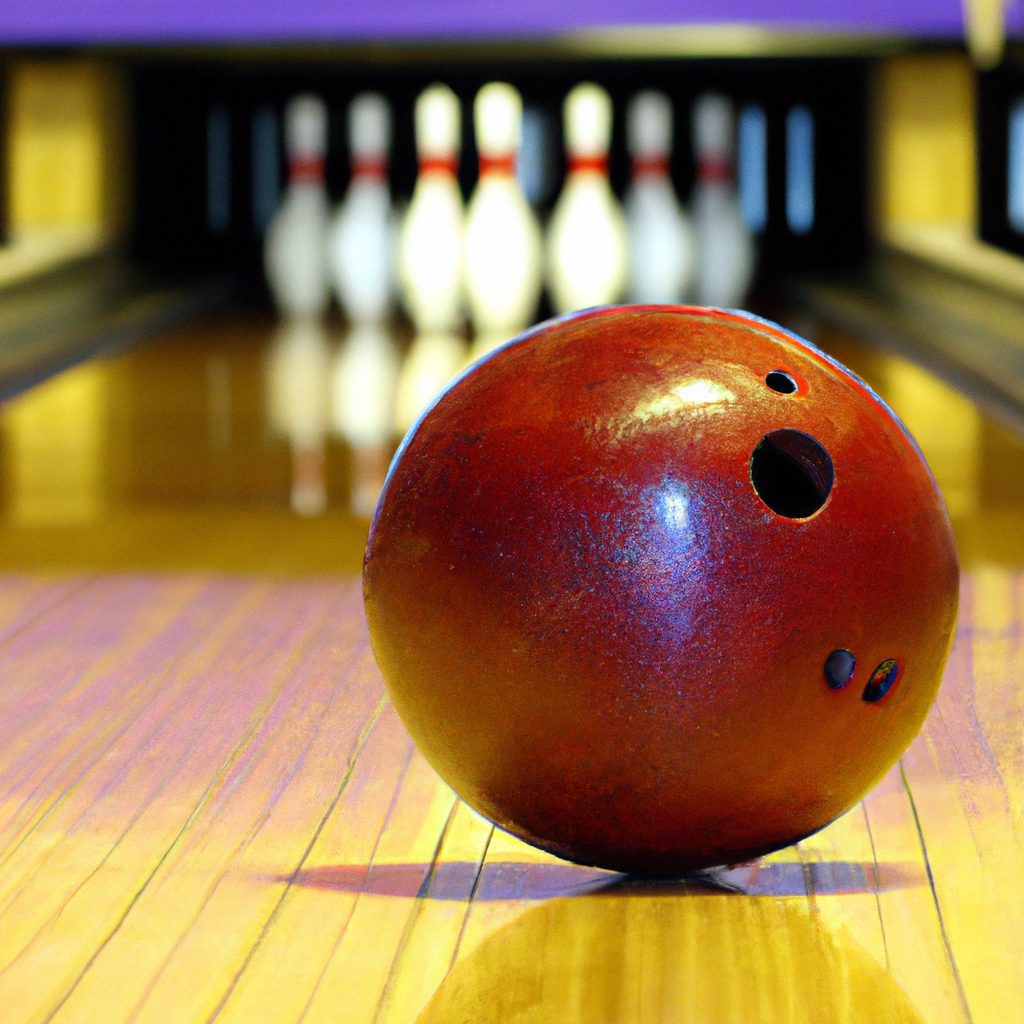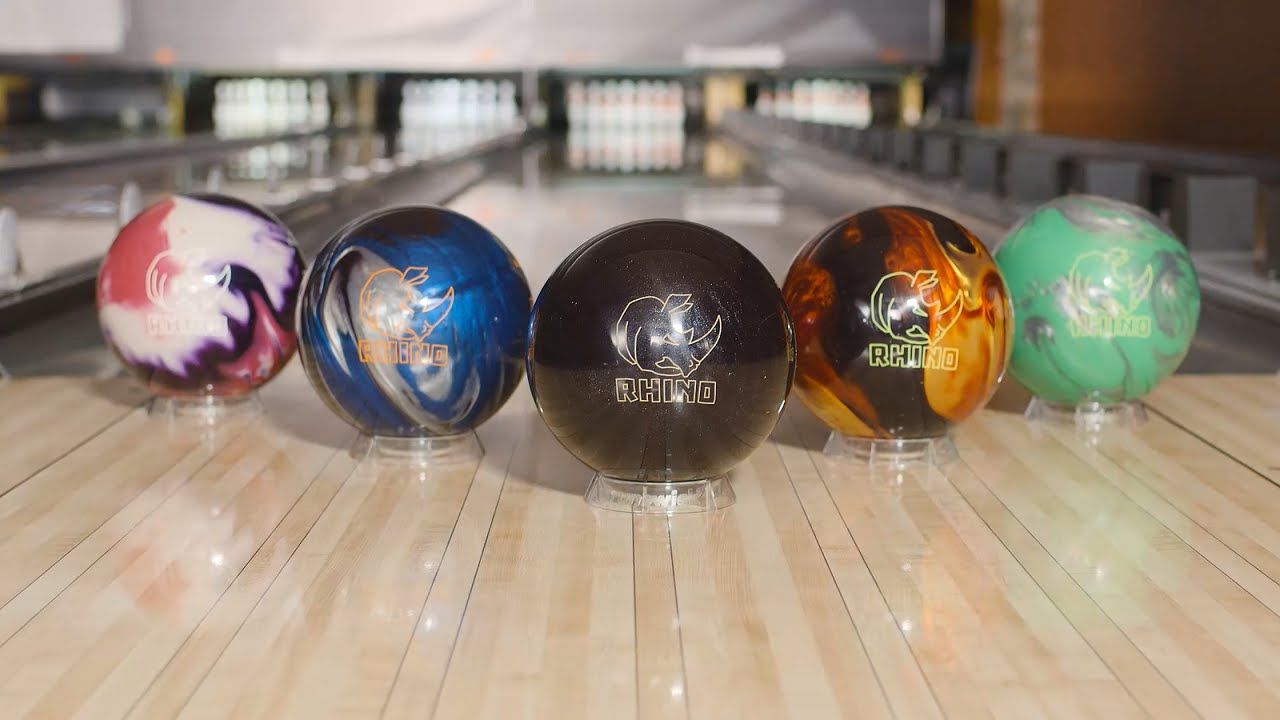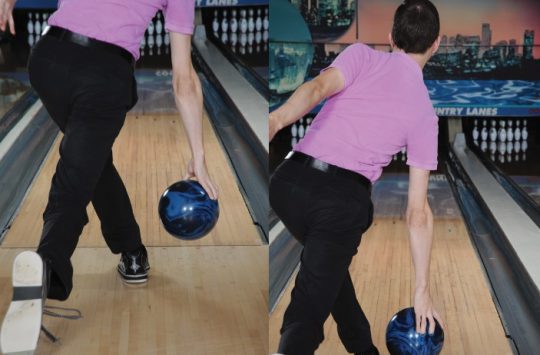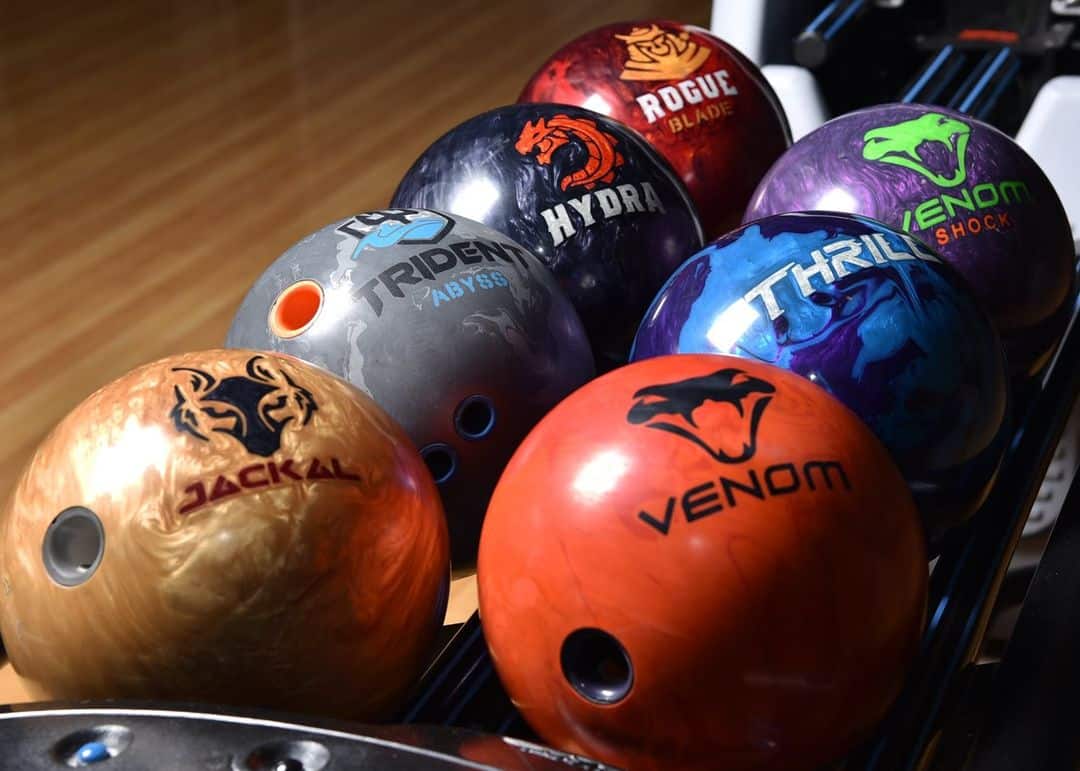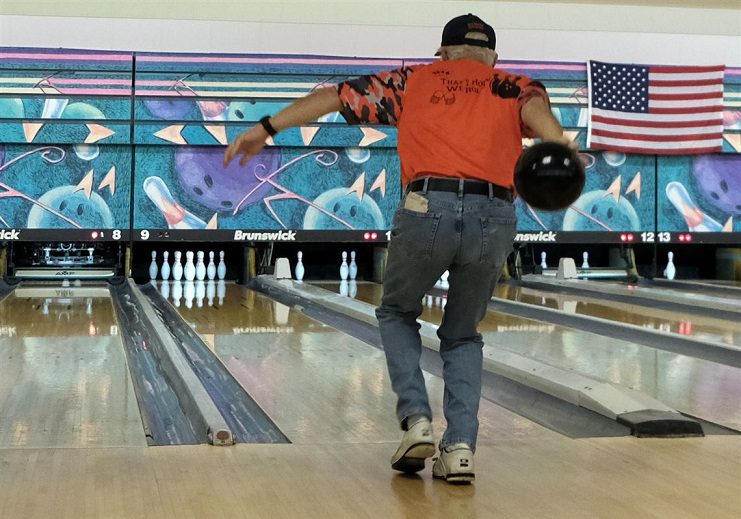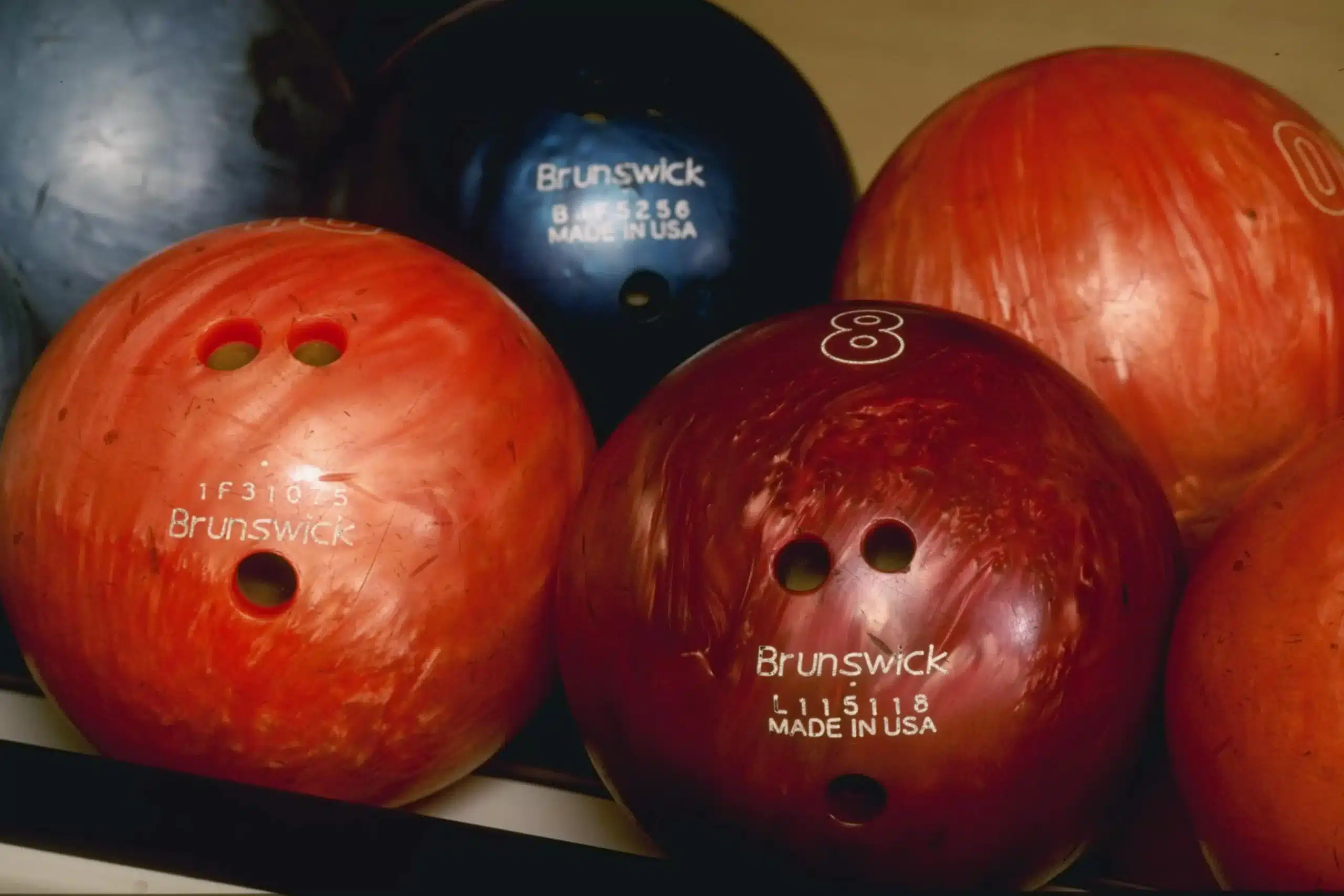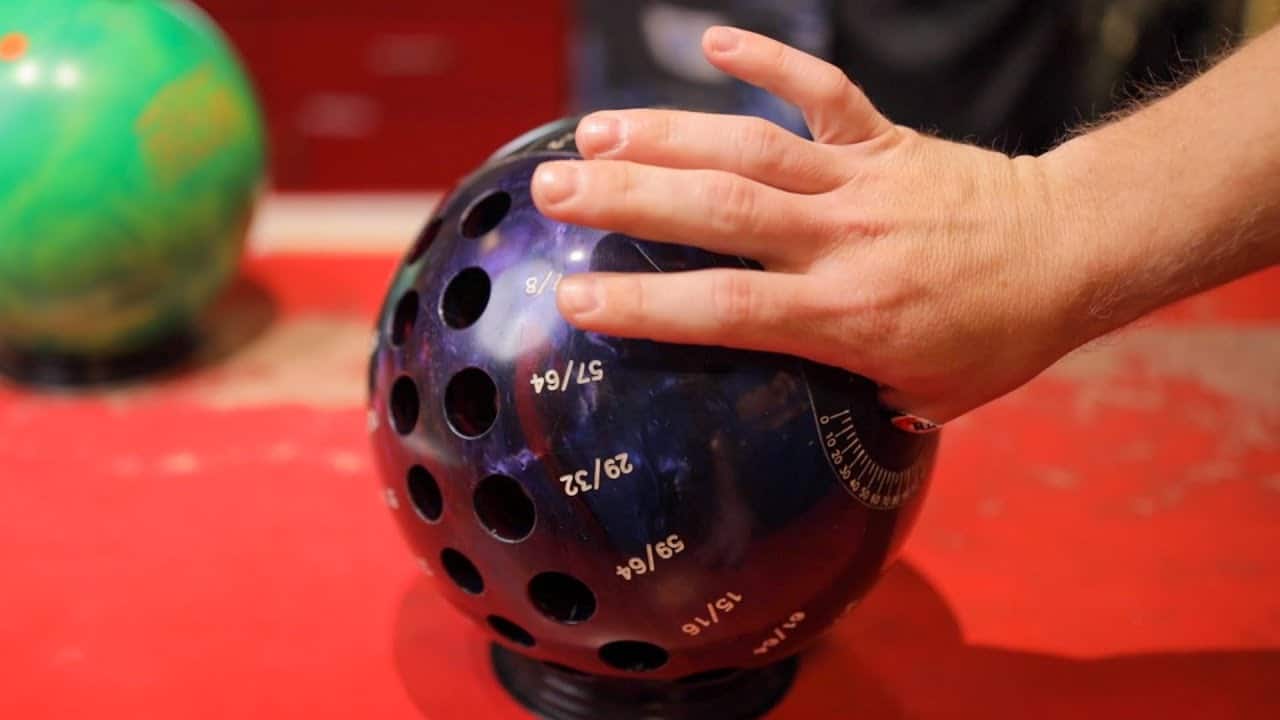Curious about the phenomenon of a dead bowling ball? Look no further! In this article, we will uncover the fascinating world of what happens when a bowling ball loses its vitality. Exploring the causes, effects, and potential remedies, we aim to shed light on the puzzling concept of a dead bowling ball. So, fasten your seatbelts, as we embark on a thrilling journey into the life and death of these quirky companions on the bowling alley.
Review contents
Definition
A dead bowling ball refers to a bowling ball that has lost its liveliness and is no longer responsive on the lanes. It is essentially a ball that has lost its ability to provide the desired hooking action and has become less effective in knocking down pins. Just like any other object, bowling balls have a lifespan, and when they reach the end of their usable life, they are considered dead.
Significance of a Dead Bowling Ball
The significance of a dead bowling ball lies in its impact on a bowler’s performance. When a bowling ball loses its liveliness, it becomes harder to control the ball’s path, resulting in inconsistent shots and reduced pin carry. This can directly affect a bowler’s scoring potential, making it harder to achieve strikes and spares. Additionally, a dead bowling ball may not interact with the lane’s oil patterns as intended, further diminishing its overall performance.
This image is property of cdn-images.bowling.com.
Characteristics of a Dead Bowling Ball
There are a few key characteristics that indicate a bowling ball is dead. Firstly, it will exhibit decreased overall hook potential. The ball will not grip the lane as effectively and will have trouble transitioning from the oil to the dry portion of the lane. This results in a lack of reaction and reduced pin carry. Additionally, a dead bowling ball may appear dull and lifeless, lacking the shine and luster it once had when it was new. These signs collectively indicate that the ball has lost its vitality.
Causes of a Dead Bowling Ball
Several factors contribute to a bowling ball becoming dead. Understanding these causes can help bowlers prolong the lifespan of their balls and prevent them from losing their effectiveness prematurely.
Age
Over time, bowling balls can lose their reactivity due to wear and tear. The constant impact with the pins and the lane will gradually diminish the ball’s core and coverstock performance. The effects of aging can be accelerated by factors such as the frequency of use and the overall quality of the ball’s construction. As the ball ages, the materials may become brittle, resulting in a loss of hook potential and overall bowling performance.
Heat Exposure
Exposing bowling balls to excessive heat can also contribute to their deterioration. High temperatures can cause the ball’s core and coverstock to expand and contract, leading to cracks or splitting. This can significantly impact the ball’s overall performance, making it less effective on the lanes.
Improper Storage
Improper storage can also contribute to a ball’s premature death. Storing a bowling ball in extreme temperatures, such as in a car trunk during hot summer months or in a freezing garage, can cause damage to the ball’s materials. Additionally, storing a ball in direct sunlight can cause the coverstock to become brittle and lose its reaction potential.
Excessive Use
Lastly, excessive use without proper maintenance can accelerate the death of a bowling ball. Consistently throwing a ball without periodic cleanings and resurfacing can lead to a buildup of oil and dirt in the coverstock, reducing its gripping ability and overall performance. Regular maintenance and cleaning are crucial to prevent the premature death of a bowling ball.
This image is property of nypost.com.
Detecting a Dead Bowling Ball
Identifying a dead bowling ball is important to know when it’s time for intervention or retirement. There are a couple of ways to detect whether a ball has lost its vitality.
Physical Inspection
A physical inspection is the first step in determining if a bowling ball is dead. Look for any visible signs of damage, such as cracks, chips, or significant wear on the coverstock or core. A dead bowling ball may also appear dull and lack the shine it once had. These visual cues can indicate that the ball has reached the end of its lifespan.
Performance Issues
Another way to detect a dead bowling ball is through its performance on the lanes. If the ball no longer provides the desired hooking action or struggles to generate enough pin carry, it may be an indication that the ball has lost its reactivity. Inconsistent shots and lower scoring potential are also signs that the ball might be dead. Paying attention to how the ball behaves during gameplay will give valuable insights into its condition.
Reviving a Dead Bowling Ball
If a bowling ball has been determined to be dead, there are a few methods to potentially revive its performance.
Oil Extraction
One method of reviving a dead bowling ball is through oil extraction. This involves using a ball cleaner specially designed to remove oil from the ball’s surface and coverstock. By removing excess oil buildup, the ball’s gripping potential can be restored, allowing it to interact with the lane more effectively. It is essential to follow the manufacturer’s instructions when using a ball cleaner for oil extraction.
Sand and Resurface
Another way to revive a dead bowling ball is through sanding and resurfacing. This process involves using sandpaper or a ball spinner to remove a thin layer of the ball’s coverstock. By removing the worn-out surface, the underlying fresh coverstock will be exposed, restoring some of the ball’s reactive properties. After sanding, the ball should be polished to regain its desired finish and performance.
Rejuvenator Treatments
Rejuvenator treatments are products designed to restore the performance of a dead bowling ball. These treatments often involve soaking the ball in a specialized solution that helps to revive the ball’s core and coverstock. The rejuvenation process can help to replenish the ball’s vitality, enhance its hook potential, and improve overall performance. It is important to follow the manufacturer’s instructions and consult with a professional if choosing this approach.
This image is property of i.redd.it.
Preventing a Dead Bowling Ball
With proactive measures, bowlers can extend the lifespan of their bowling balls and delay the occurrence of a dead ball.
Proper Storage
Proper storage plays a vital role in preventing a bowling ball from dying prematurely. It is essential to store the ball in a cool and dry environment, away from extreme temperatures and direct sunlight. Additionally, utilizing a ball bag or case will provide added protection from impact and thermal changes, preserving the ball’s lifespan.
Maintenance
Regular maintenance is crucial in keeping a bowling ball alive and responsive. Cleaning the ball regularly with a specialized cleaner helps to remove debris and oil buildup from the coverstock, maintaining its gripping potential. Additionally, periodic resurfacing and polishing can help to restore the ball’s surface, ensuring optimal performance. Following the manufacturer’s guidelines and consulting with professional ball drillers can provide valuable insights on proper maintenance routines.
Importance of a Live Bowling Ball
Understanding the importance of a live bowling ball can motivate bowlers to maintain optimal ball performance.
Enhanced Ball Reaction
A live bowling ball offers enhanced ball reaction on the lanes. It exhibits the desired hook potential and gripping ability, allowing the bowler to achieve consistent shots and control the ball’s path. This enhanced reaction increases the chances of hitting strikes and spares, ultimately leading to higher scores and a more satisfying bowling experience.
Higher Scoring Potential
With a live bowling ball, bowlers can maximize their scoring potential. The ball’s ability to react as intended, coupled with its optimized hook potential, allows for better pin carry and increased pin action. This greatly improves the chances of knocking down more pins and achieving higher scores. Having a live bowling ball in one’s arsenal can make a substantial difference in overall performance.
This image is property of columbia300.com.
When to Retire a Bowling Ball
Despite efforts to revive a dead bowling ball, there comes a point when retirement is necessary. Several factors indicate when it’s time to say farewell to a bowling ball.
Performance Decline
If a bowling ball consistently displays a significant decline in performance, it may be time to retire it. Even after attempts to revive the ball’s vitality, if it no longer generates the desired hook or struggles to hit strikes, it may be beyond repair. Recognizing performance decline and acknowledging the limitations of a ball is important in maintaining optimal performance.
Damage
Significant damage to a bowling ball can also render it unfit for continued use. Cracks, chips, or deep scratches on the coverstock or core can compromise the ball’s structural integrity and safety. Using a damaged ball can lead to further damage or pose a risk to the bowler and others on the lanes. In such cases, retiring the ball and seeking a replacement is the best course of action.
Conclusion
In summary, a dead bowling ball refers to a ball that has lost its reactivity and effectiveness on the lanes. The lifespan of a bowling ball can be influenced by factors such as age, heat exposure, improper storage, and excessive use. Detecting a dead ball can be done through physical inspection and recognizing performance issues. Reviving a dead bowling ball can be attempted through oil extraction, sanding and resurfacing, or rejuvenator treatments. However, preventive measures such as proper storage and regular maintenance can help prolong a ball’s lifespan and prevent it from becoming dead prematurely. Understanding the importance of a live bowling ball, with its enhanced ball reaction and higher scoring potential, can motivate bowlers to maintain optimal ball performance. Finally, knowing when to retire a bowling ball is crucial to ensure continued safety and optimal performance in the sport.
This image is property of static.wikia.nocookie.net.









![Spare bowling ball Top 10 in 2024. (reviews) Top 10 Best Spare Bowling Balls [2021 Reviewed]](http://landofbowling.com/wp-content/uploads/2021/07/Top-10-Best-Spare-Bowling-Balls-2021-Reviewed.jpg)






